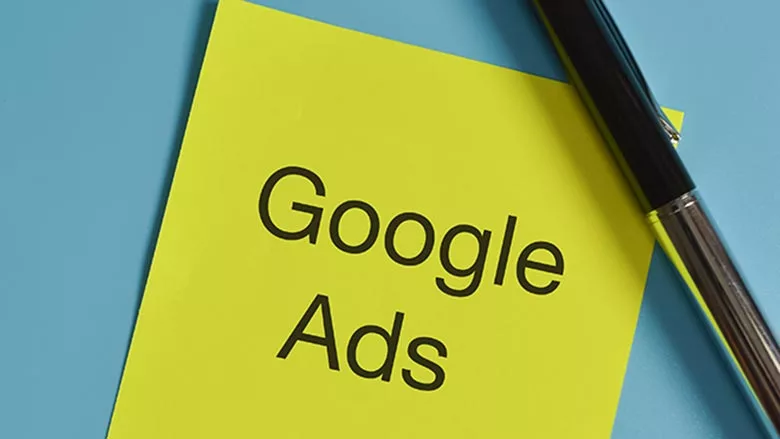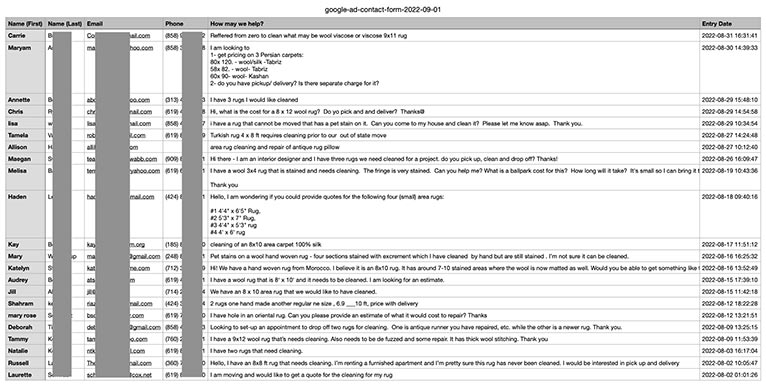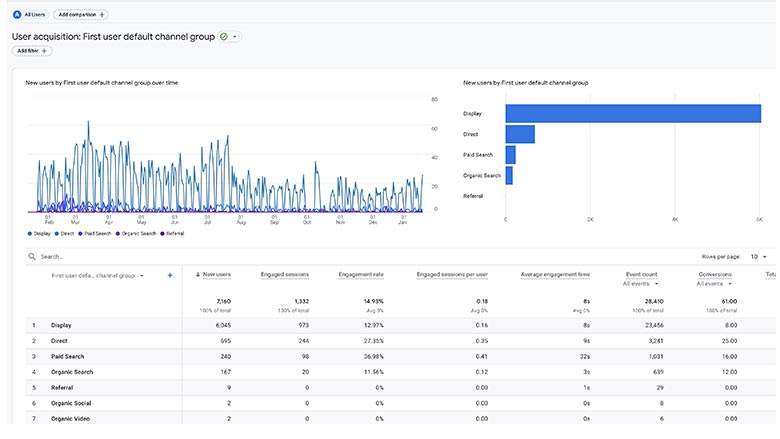The Fog of Google Ads Reporting: Too Much Information Can Hide Your Results

Photo credit: Abu Hanifah / iStock / Getty Images Plus via Getty Images
For most Google Ads clients, the norm is to receive a monthly report from an agency, which can feel like looking at airplane controls. A lot of impressive looking metrics, gauges, and dials.
Sometimes too much information is being given intentionally, to confuse and tire out the client. Sometimes the wrong information is being shared in order to hide meaningful details that might lead to uncomfortable questions, such as “Is my ad spend being well spent?”
The Problem: Padding of Reports
There is a common practice in the Google Ads space of padding reports with too much data or unimportant data. This may be an agency trying to “prove” their worth through page count, or it may be an attempt to bury unfavorable results in noise that most business owners do not have the time to look into.
The most important metric of all is the cost of marketing versus the actual return on investment (ROI).
Instead of this metric featuring clearly front and center of most reports, you will see many distracting filler metrics such as device used, age of user, or the operating system used. Interesting perhaps, but not relevant to ROI.
The Solution: What You Need To Determine Your ROI
As a business owner, you want to know if your marketing dollars are working. Your hope is that the agency you are paying to help bring in new customers to your company online is actively spending your dollars wisely.
The following is data to ask for from your agency to determine your ROI.
Ad spend clicks and impressions. Your agency should be providing a summary that shows the money spent on ads and how many clicks and impressions generated. Clicks mean a prospect saw the ad and clicked through to the landing page. Impressions mean the ad was “visible” to possible eyeballs, but they may or may not have noticed you.
Google Ads leads generated. Your agency should be able to provide you with landing page data showing which clicks led to a conversion to connect with your company by phone or contact form. All phone calls created by Google Ads should be tracked so that you are given a list of the phone number and time of call for those leads. (Hopefully your sales team has a great system to convert those contacts into sold jobs.)
With these metrics, you will be able to calculate your cost per lead, and if you have tracking data from your sales team, you can also determine cost per sale.

Example of a time stamped deep funnel campaign contact report for a rug cleaning company.
Another thing to keep in mind, and to ask your agency about directly, is that the report specifically states that the traffic is from Google Ads. Some agencies mislead clients by sending along Analytics reports, which are totals of traffic for a website that includes ORGANIC and PAID traffic. Organic traffic is a website visitor that found your site through Google, but not through any paid ad channels from your agency or your Google Ads account.

Example of an analytics report showing paid and organic traffic sources.
Many agency reports will show organic traffic numbers and also paid traffic numbers for SEO (search engine optimization) purposes. Ensure when calculating the ROI or number of leads that you are doing so with only the paid traffic numbers and not the organic numbers.
More Marketing Tips:
One more piece of reporting advice. A Google Ads report should convey the important metrics right off the bat. The answers to the important questions of “How much did I spend?” and “How many leads did I generate?” should be easy to spot. If these numbers are buried on the fourth page then there might be a reason why they do not want to call attention to your results.
Just to be clear, having many metrics in a report isn’t inherently a bad thing. However, the main metrics should be at the forefront. Whether intentionally or accidentally, when key metrics are buried underneath trivial metrics, so is the success or failure of the marketing attempt. As well as whether one should even be using this platform to begin with.
Looking for a reprint of this article?
From high-res PDFs to custom plaques, order your copy today!







